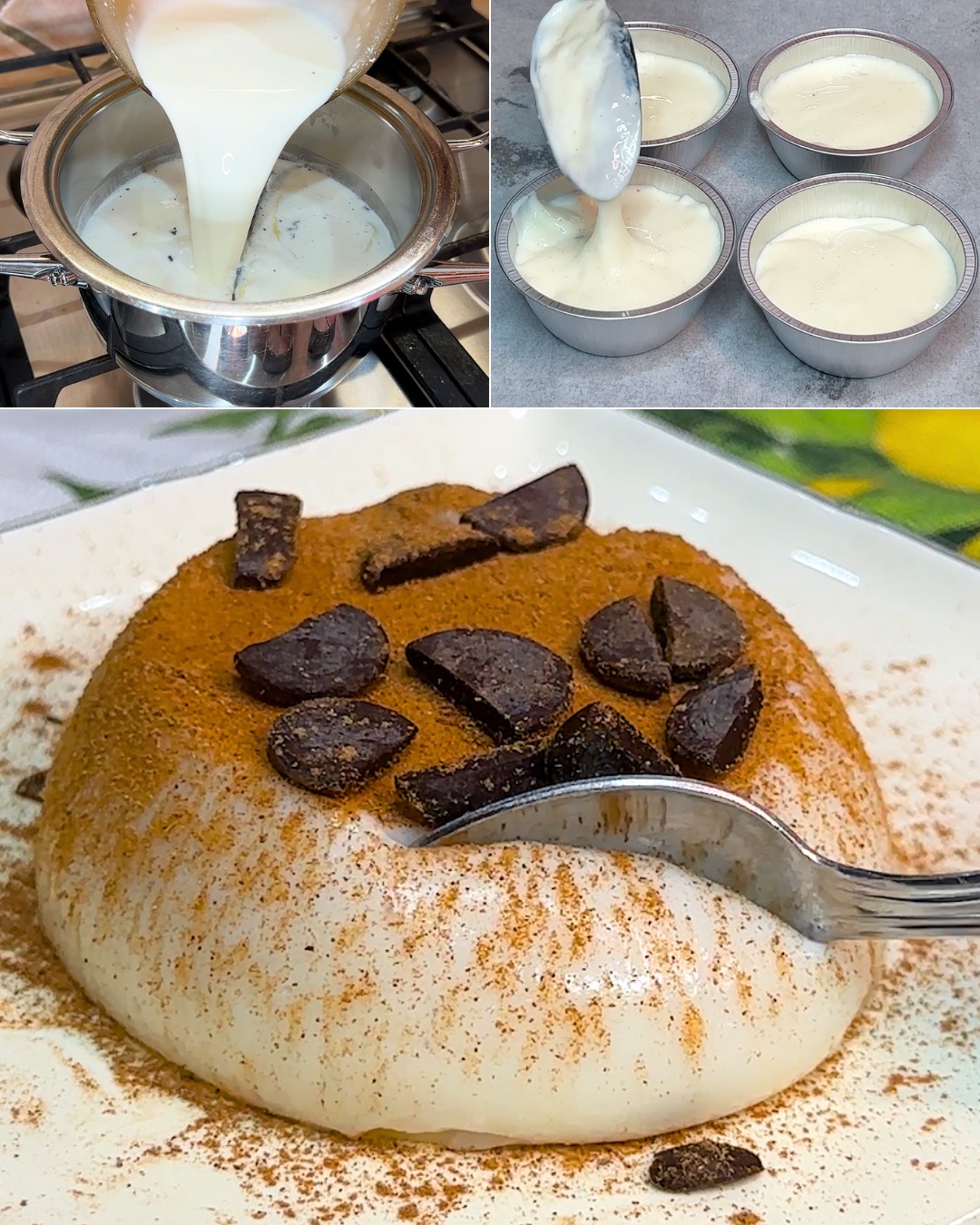- Almond Preparation: In some versions of the dessert, almonds are ground and blended with water or milk to create almond milk. Alternatively, almond flour can be used directly.
- Thickening: The milk (or almond milk) is heated gently with sugar and salt. Cornstarch or rice starch is dissolved in a little cold milk and then whisked into the hot mixture, stirring constantly to prevent lumps.
- Flavoring: A little vanilla, lemon zest, or other flavoring might be added to enhance the taste.
- Setting: The mixture is poured into molds and allowed to cool and set, typically in the fridge, until it achieves a firm, creamy texture.
- Serving: Biancomangiare is often served chilled, and it can be topped with fresh fruit, crushed nuts, or a drizzle of honey. Sometimes it’s served with a thin layer of fruit compote or syrup.
Cultural Significance:
- Biancomangiare has historical roots, dating back to medieval times when it was made in various forms in the kitchens of aristocracy. It was sometimes made with chicken breast or other more elaborate ingredients, but the modern versions are lighter and more focused on milk and almonds.
- In some regions of Italy, it’s prepared as a comforting dish during Lent or on special occasions.
vedere di più nella pagina successiva
